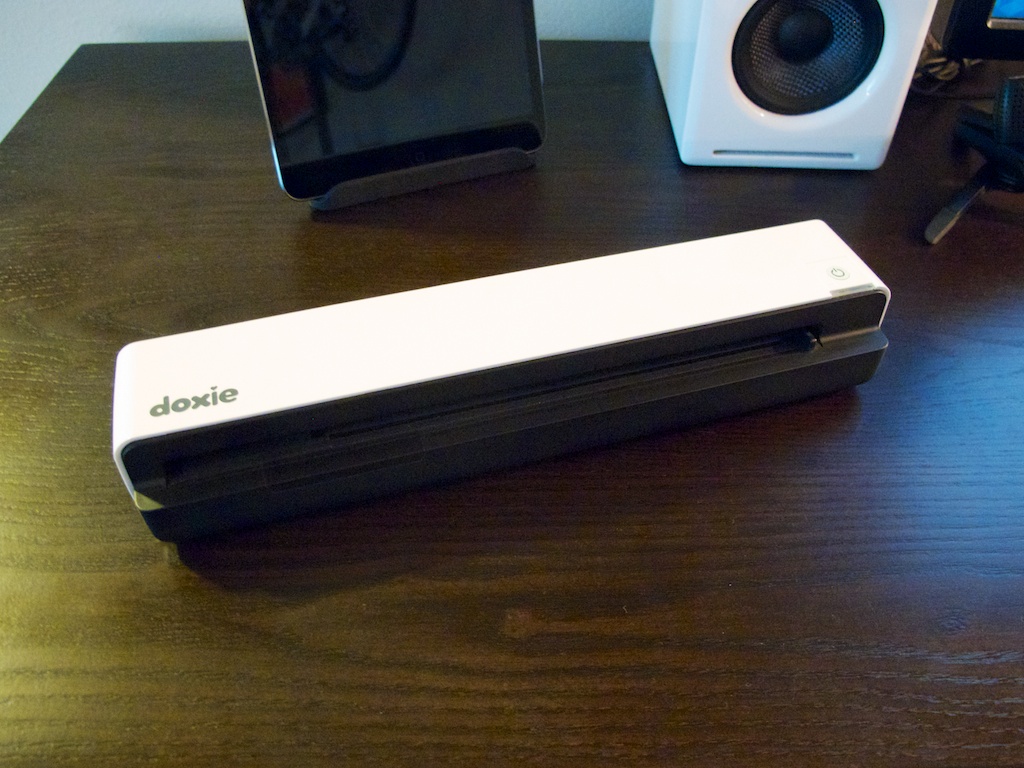My first success in software came in college, soon after I started writing Mac OS X apps. I was new to Objective-C, and building my knowledge by making small system utilities and accessories. One of these tools, Widget Manager, ended up becoming popular. This was back when 10.4 was new and Dashboard Widgets were one of the big features. In the first release of 10.4 you could easily add new Widgets, but not remove them without going into your Library folder and deleting the file. It wasn’t user friendly. For a time this was a big opportunity, which my app happened to fill.
Widget Manager had tons of downloads, it was reviewed and mentioned in the press, and because I put a “donate” button on my website I actually earned nearly $1,000 just from donations. It was cool.
Since then I’ve shipped a few paid apps under the name Downtown Software House, and built several that never made it out the door. I’ve become a full time iOS developer building apps for client agencies, San Francisco startups, and enterprise developer shops. I still consider myself an indie developer at heart, though it’s been a few years since I’ve built anything on my own.
I’m not ready to call it done. Downtown Software House recently turned ten years old, and with the anniversary I have a new plan in mind. I’m switching my focus to small, useful, niche apps. Apps that don’t require a lot of engineering time, but still fulfill a specific need. Initially these will be 1 to 3 month efforts. They won’t share the same code, but I will reduce the amount of work required by building similar workflows, UI, and using the same technology for features like sync. I’ve failed before by spending too much time on features that ultimately didn’t matter. And while attention to detail is important, I believe I’ll have more luck shipping 3 nice things than working continuously on one single product.
There’s some risk to this plan. There’s overhead and maintenance each time you ship an app. I’ve seen other successful small companies go in the opposite direction, and discontinue their smaller apps in favor of large “moneymaker” products. But, like with Widget Manager, money isn’t my only goal. And if things go well, the work I’m doing now may turn into a foundation for bigger things.
The first step is already done. Earlier this week I shipped Didn’t Buy, an iPhone app to help you save money and curb impulse spending. An update with some new iOS 8 specific features is already underway, and I’ve already begun building a second, unrelated app using some of the same ideas that went into Didn’t Buy.
Making money on software is hard. The effects of the iOS and Mac App Stores have been a big topic of conversation among indie software developers for years. But the truth is it’s always been hard. I don’t plan on turning my own apps into a full time business, or expect huge sales. But money isn’t the only measure of success. I’ll be able to build my skills on technologies I don’t often work with at my day job. And there’s the pride that comes out of building something useful and sharing it with the world, as I did with Widget Manager.
Will my plan work? Just like the past ten years, it’s all still an experiment.

